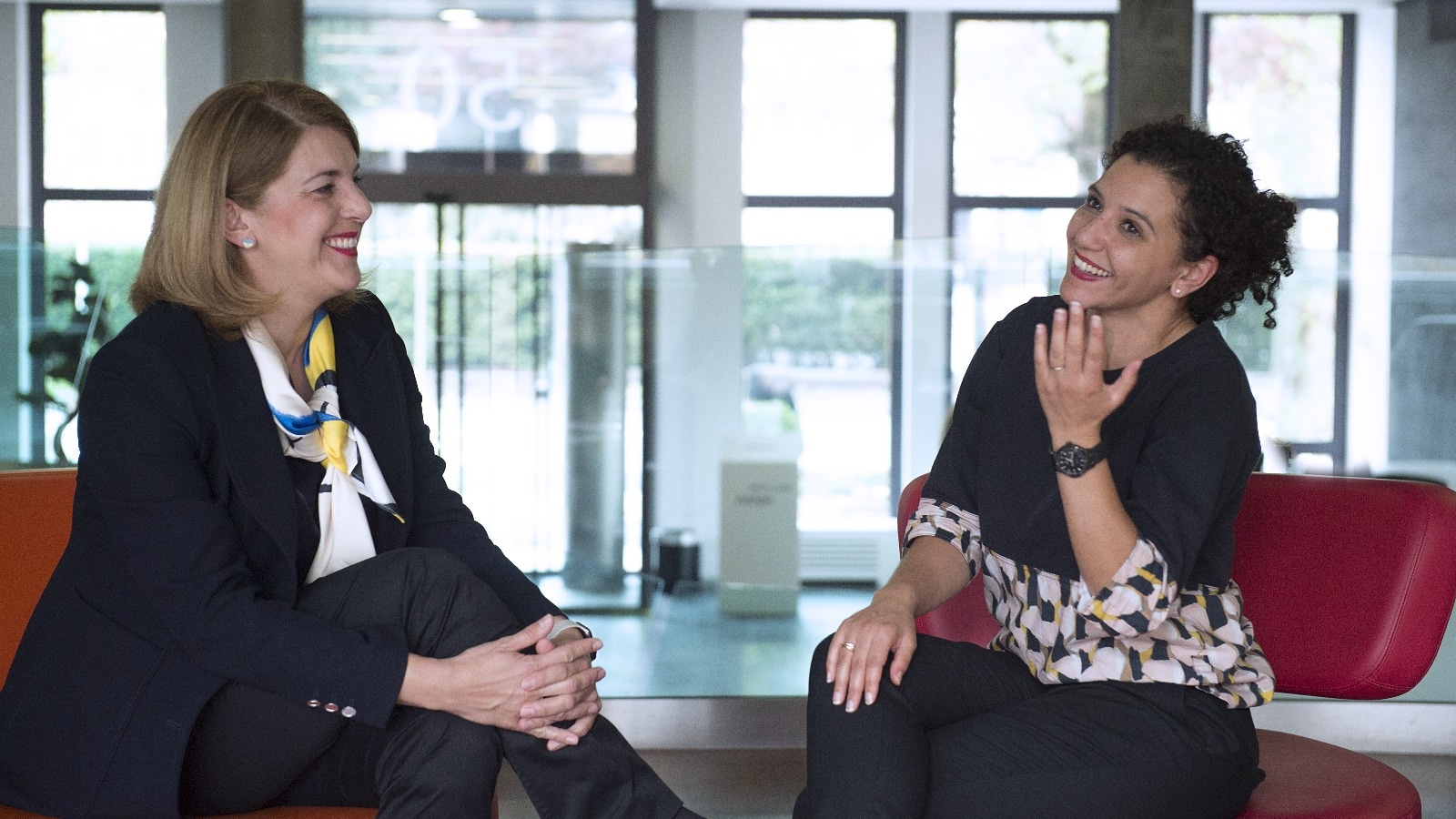{{item.title}}
{{item.text}}

{{item.text}}
Gender diversity and equality is a key priority for many companies across industries, yet progress remains slow. Women remain underrepresented in many sectors, particularly in management and leadership positions.
To examine the state of gender equality in the commodity and trading industry, we partnered with Women’s International Shipping & Trading Association (WISTA) Switzerland to conduct a survey with a Swiss-specific focus. The survey sought to gain insights into gender representation in the industry as well as employee perceptions and lived experiences of gender equality.
This report also includes an exclusive interview with Maryana Stober, President of WISTA Switzerland, with her insights on these findings and an industry perspective on what needs to be done.
It’s now widely proven that people with different backgrounds and perspectives bring value, and that it creates better outcomes for the company. It’s important to include everyone. We talk about 50% of the population that isn’t totally involved in the industry. We’re missing talents and potentials.
Our findings indicate that more can be done by companies to increase accountability and transparency on Diversity, Equity and & Inclusion (DE&I). To increase awareness around gender equality, leaders need to have a thorough look at how they hire, promote and develop female talent, how caring and careers can be better combined and critically look at the organisational culture to ensure women feel they can thrive.
Although gender representation in the commodity, trading and shipping sector in Switzerland seems in line with global numbers, we found the overall Diversity & Inclusion (D&I) maturity to be rather low among the companies surveyed. Only few companies formalised their approach to D&I and have measurable goals with regards to gender equality.
Our survey findings indicate an awareness and expectation gap across gender, grade and generational lines. The lower in the hierarchy, the less there is awareness of D&I priorities among employees. While male respondents and senior leadership tend to think that enough is done by their company to increase gender diversity, employees in non-management functions, those below 40 and female employees expect their companies to do more.
Female employees perceive the workplace to be less equal in terms of opportunities for promotion, equal pay and access to development opportunities as well as mentoring compared to their male counterparts indicating that companies should do more to ensure their policies and practices result in behaviours that nurture an inclusive culture.
#social#
{{item.text}}

{{item.text}}
